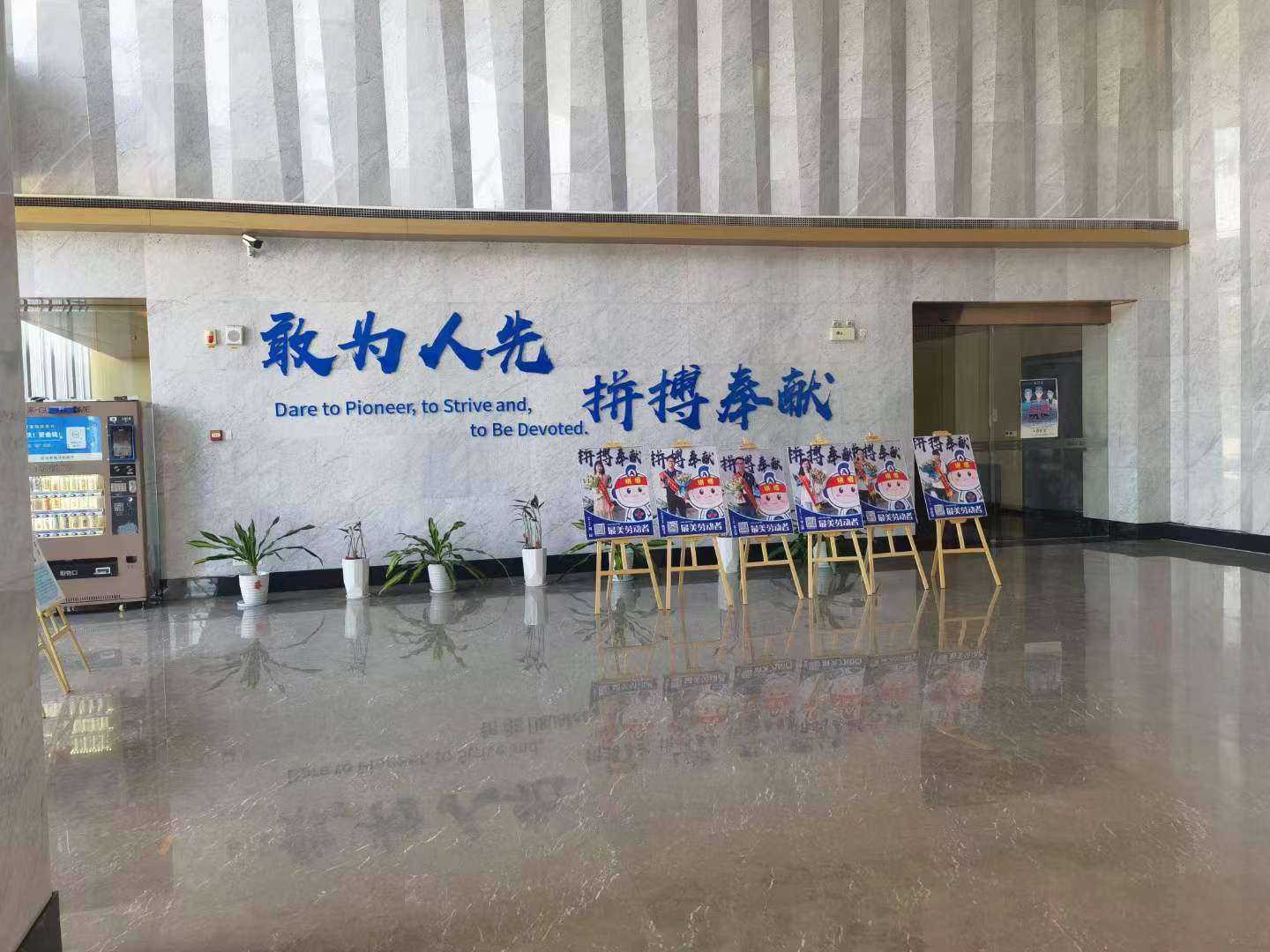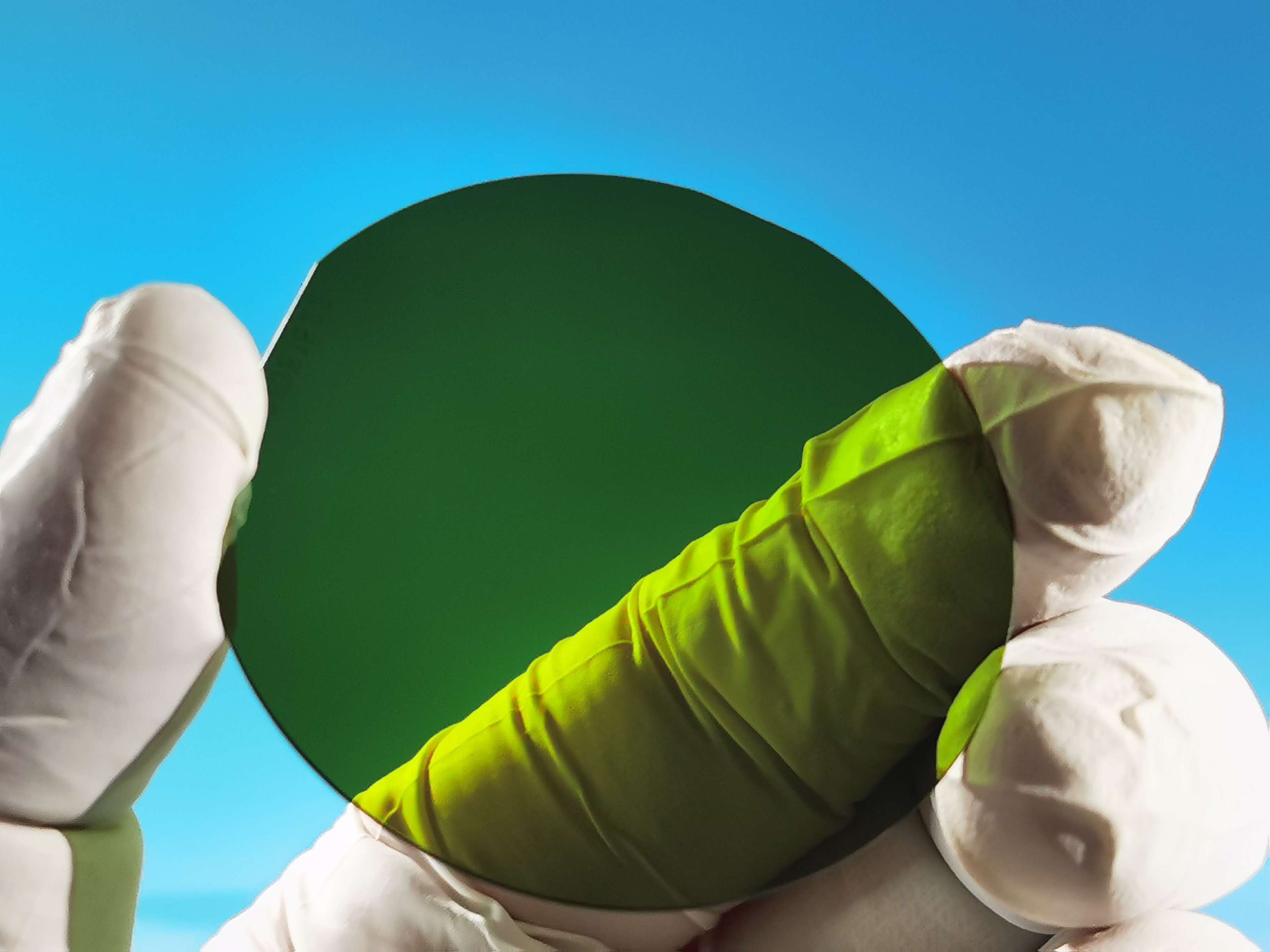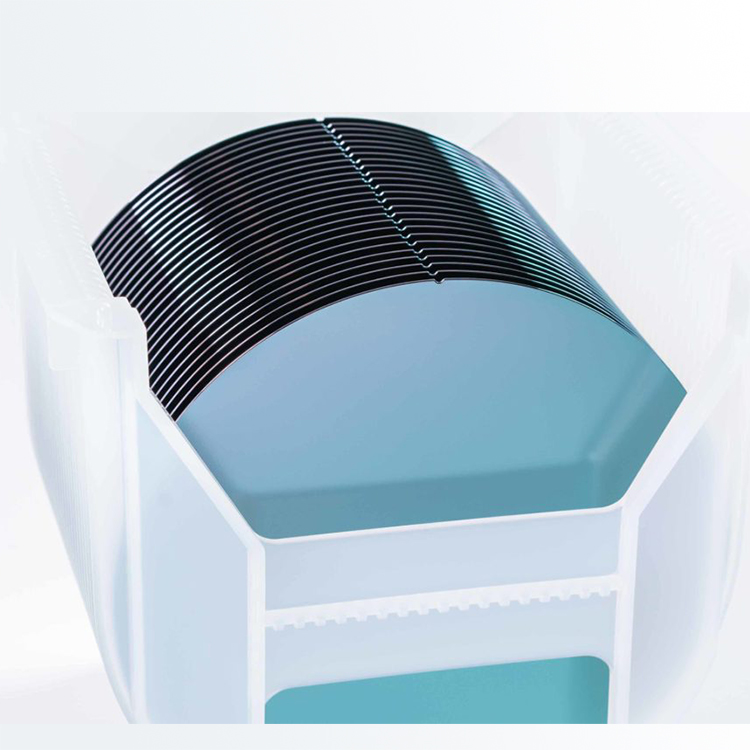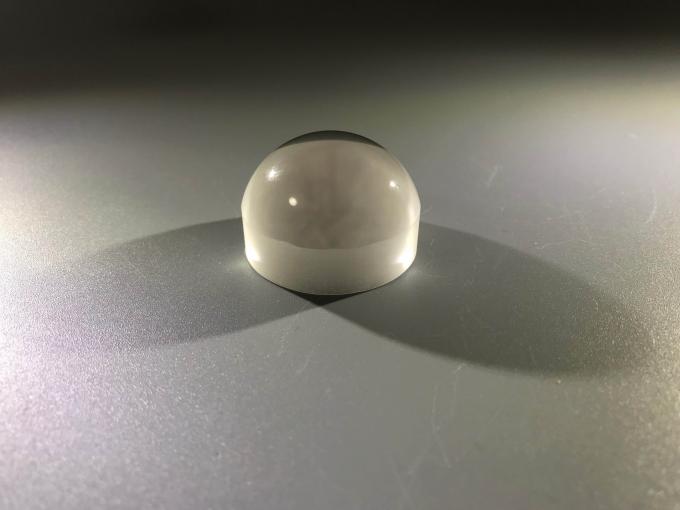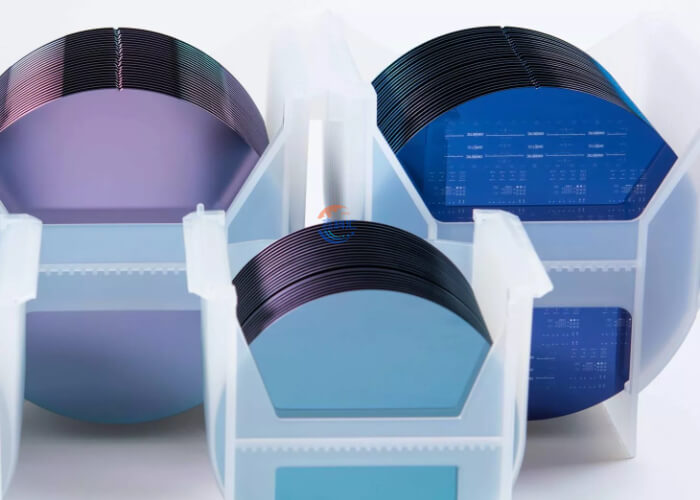To improve the quality and performance of silicon carbide wafers while reducing costs, the following measures can be taken:
I. Process Optimization
-
Refine crystal growth techniques:
- Continuously research and develop advanced chemical vapor deposition (CVD) or physical vapor transport (PVT) methods. Fine-tune growth parameters such as temperature, pressure, and gas flow rates to ensure more uniform and defect-free crystal growth. This will enhance the quality of wafers and improve their electrical and thermal properties.
- Invest in the development of new seed crystals with better quality and stability. A high-quality seed crystal can significantly improve the crystallization process and result in wafers with fewer defects.
-
Improve wafer processing:
- Optimize cutting, grinding, and polishing processes. Use precision machining tools and advanced techniques to minimize surface damage and roughness. A smooth surface is crucial for better device performance and reliability.
- Implement in-line quality control during processing. Use advanced metrology tools and automated inspection systems to detect defects early and make real-time adjustments to the process, reducing the likelihood of producing defective wafers.
II. Material Innovation
-
Develop new raw materials:
- Explore alternative sources of silicon carbide powder or precursors that are more cost-effective and of high quality. This could involve collaborating with material suppliers to develop customized materials for specific applications.
- Investigate the use of additives or dopants that can enhance the properties of silicon carbide wafers without significantly increasing costs. For example, certain dopants may improve the electrical conductivity or thermal stability of the wafers.
-
Recycling and reuse:
- Establish recycling processes for waste materials generated during wafer production. This could include recycling unused silicon carbide powder, reclaiming damaged wafers, or reusing process by-products. Recycling can reduce the demand for virgin materials and lower costs.
III. Scale-up and Collaboration
-
Scale up production:
- Build larger and more efficient production facilities. Increased production volume can lead to economies of scale, reducing the unit cost of wafers. This requires significant investment in equipment and infrastructure, but it can pay off in the long run.
- Standardize production processes to ensure consistency and quality across different batches. This will help reduce variability and improve yield, further lowering costs.
-
Collaborate with industry partners:
- Form partnerships with research institutions, equipment manufacturers, and other stakeholders in the supply chain. Collaborative research and development can lead to innovative solutions for cost reduction and quality improvement.
- Share knowledge and resources through industry consortia or collaborative projects. This can accelerate the development and adoption of new technologies and best practices.
By implementing these strategies, it is possible to improve the quality and performance of silicon carbide wafers while simultaneously reducing costs, making this advanced material more accessible for a wide range of applications in the semiconductor and electronics industries.




